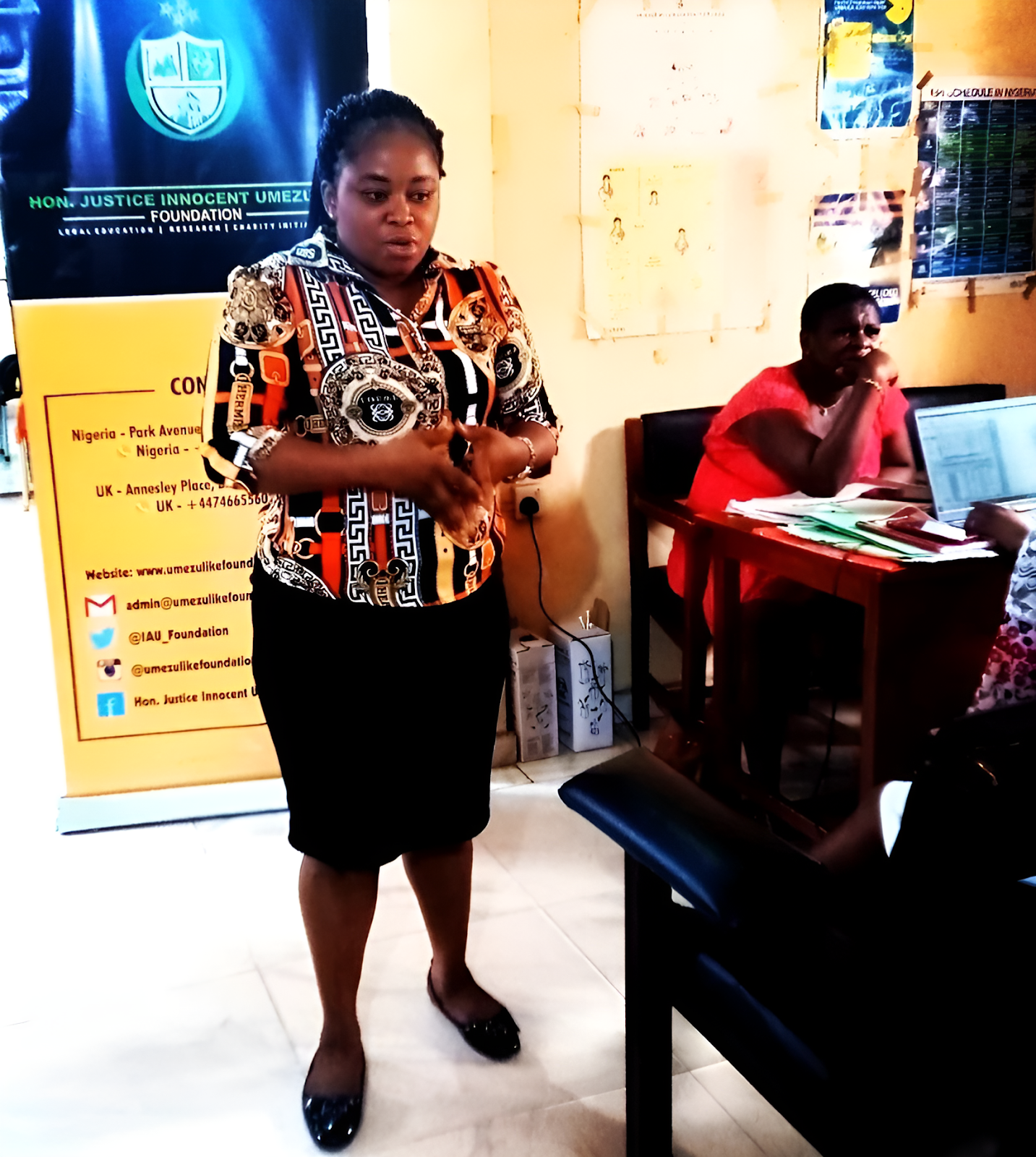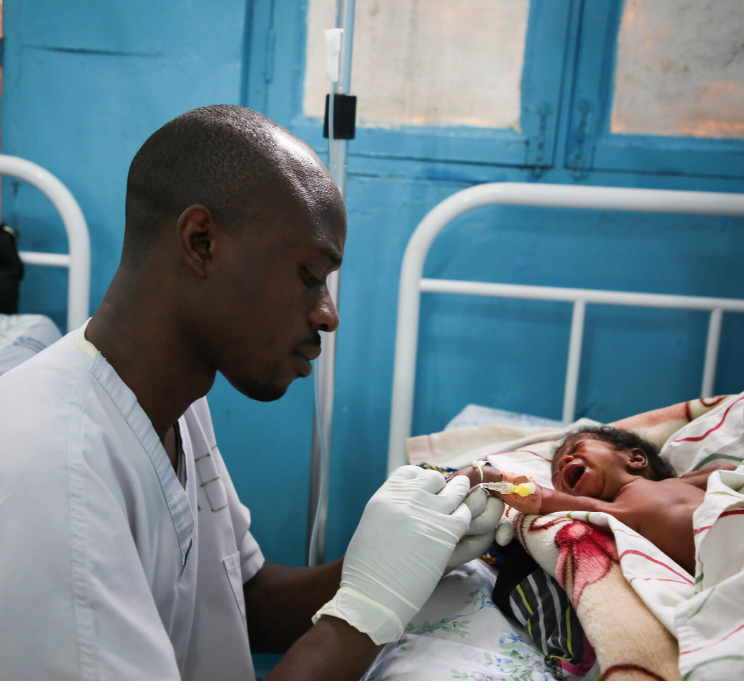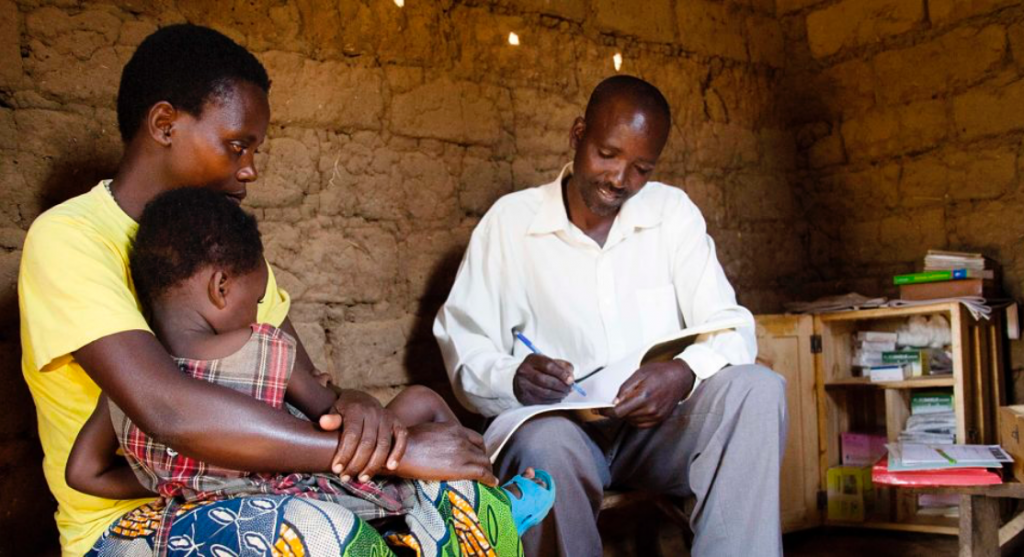The Foundation is dedicated to addressing critical issues affecting vulnerable populations, particularly children, as part of its humanitarian initiatives. In alignment with the third Sustainable Development Goal for child health, which aims to end preventable deaths of newborns and children under 5 years of age by 2030, the Foundation recognizes the urgent need to reduce infection-specific neonatal mortality in the developing world, including sepsis.
To raise awareness and advocate for solutions to this pressing health challenge, the Foundation organized a Sepsis Awareness Campaign commemorating World Sepsis Day 2023. The event took place at the Maternity Clinic of The Good Shepherd Hospital in Enugu State, Nigeria.
During the campaign, Barrister Ruth Soronnadi, Head of Legal, Research and Impact at the Foundation, provided an introduction to the Foundation’s mission and explained its commitment to Sepsis Awareness as part of its humanitarian objectives. Dr. Ifeoma Eze, a respected resource person affiliated with the Foundation, delivered an educational session on Sepsis, focusing specifically on neonatal Sepsis.
Dr. Eze discussed the symptoms of Sepsis, emphasized preventive measures, and provided guidance on immediate actions to take upon identifying symptoms. The women in attendance, along with hospital authorities, expressed gratitude to the Foundation for raising awareness about this critical medical issue and providing valuable information to help combat it.
Through initiatives like the Sepsis Awareness Campaign, the Honorable Justice Innocent Umezulike Foundation remains steadfast in its commitment to promoting and protecting human rights, particularly the rights of children, by addressing vital health concerns in the community.






